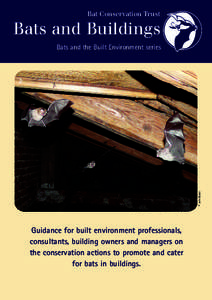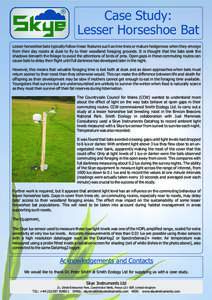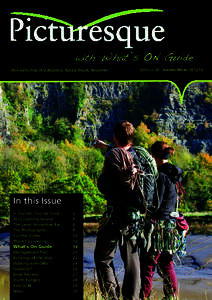<--- Back to Details
| First Page | Document Content | |
|---|---|---|
 Bat Pollinators Lesser horseshoe bat The Bat Conservation Trust Brown long-eared bat Greater Noctule bat Bat detector Bats Vesper bats Animal flight |
Add to Reading List |
 | Case Study: Lesser Horseshoe Bat Lesser horseshoe bats typically follow linear features such as tree lines or mature hedgerows when they emerge from their day roosts at dusk to fly to their woodland foraging grounds. ItDocID: 1v8BO - View Document |
 | Bat Conservation Trust Bats and Buildings © John BlackDocID: 1amwg - View Document |
 | PDF DocumentDocID: 18DAd - View Document |
 | PDF DocumentDocID: 17haH - View Document |
 | References consulted to determine Core Sustenance Zones (CSZ) for UK bat species N.B The approach used here to determine CSZ size does not take into account the use of satellite roosts or roost switching. Albrecht, K., HDocID: 105NI - View Document |
 Bat Conservation Trust Bats and Buildings © John Black
Bat Conservation Trust Bats and Buildings © John Black